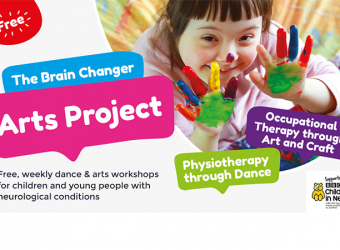What is Lorenzo’s oil disease?
Lorenzo’s oil disease (ALD) is a rare, progressive condition that affects the adrenal glands and white matter of the brain.
Without proper treatment and management, Lorenzo’s oil disease can lead to severe neurological deterioration and can be fatal. However, it’s important to note that the severity and progression of the disease can vary among individuals, and some individuals may have a milder form of the disease.
Early detection, appropriate medical interventions, and ongoing care can help slow down the progression of Lorenzo’s oil disease and improve quality of life for affected individuals.
This is a very rare condition meaning one in every 21,000 males are born with ALD.
There are 3 main types of Lorenzo’s oil disease, these include:
- Child cerebral form: diagnosed between the ages of 3-10
- Adrenomyeloneuropathy (AMN): this usually begins at the ages of 20-30. The same mental decline occurs, but the process is slower. The nervous system is impacted in 1/3 people who live with this condition.
- Addison’s Type: many people with ALD also live with Addison’s. This affects the adrenal glands, causing lower levels of the adrenalin, cortisol and aldosterone hormones.
Lorenzo’s oil disease is a condition named after the movie ‘Lorenzo’s Oil’, a true story about a boy living with ALD.
What causes Lorenzo’s oil disease?
Lorenzo’s oil disease is genetic. Normally, only men are affected, and women are the carriers for this disease as it affects the X chromosome.
The condition leads to a build-up of very long chain fatty acids in the brain. Nerve cells usually have a protective sheath around them called myelin. However, in the case of ALD, the build-up of these fatty acids results in the loss of myelin. This makes the affected nerve cells unable to effectively transmit information to the rest of the brain.
What are the symptoms of Lorenzo’s oil disease?
Childhood symptoms of Lorenzo’s oil disease include:
- Poor memory
- Difficulty reading, writing, and understanding speech
- Hyperactivity
- Crossed eyes
- Seizures
- Handwriting that’s gradually getting worse
- Problems with vision
- Change in muscle tones
- Poor coordination
Adults may experience:
- Urine problems
- Leg stiffness
- Muscle weakness
- Problems with visual memory
People who live with Addison’s type may experience:
- Loss of muscle mass
- Nausea and vomiting
- Lack of appetite
- Coma
- Appetite changes
















